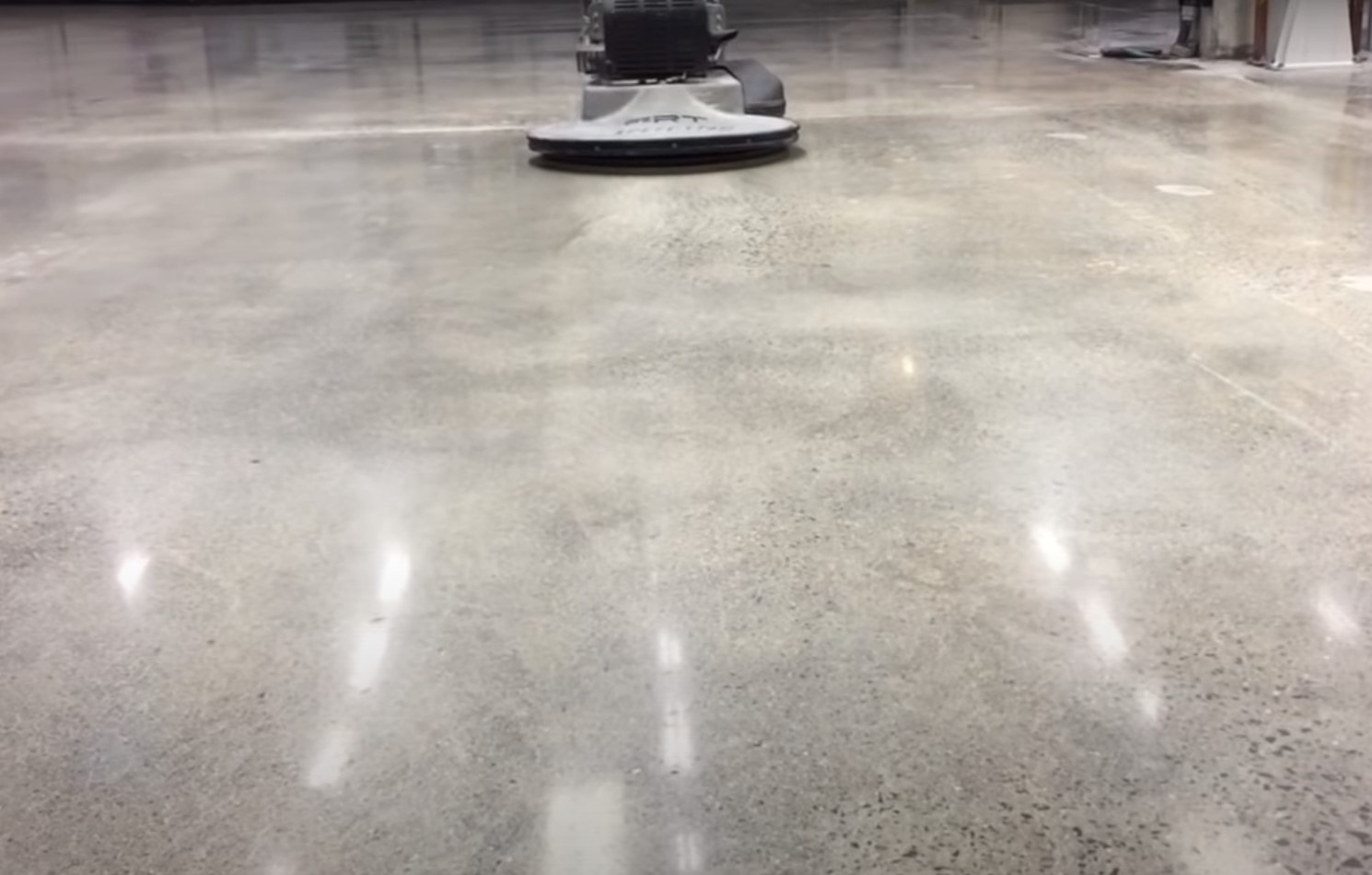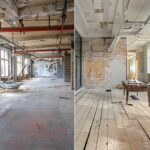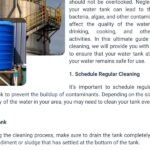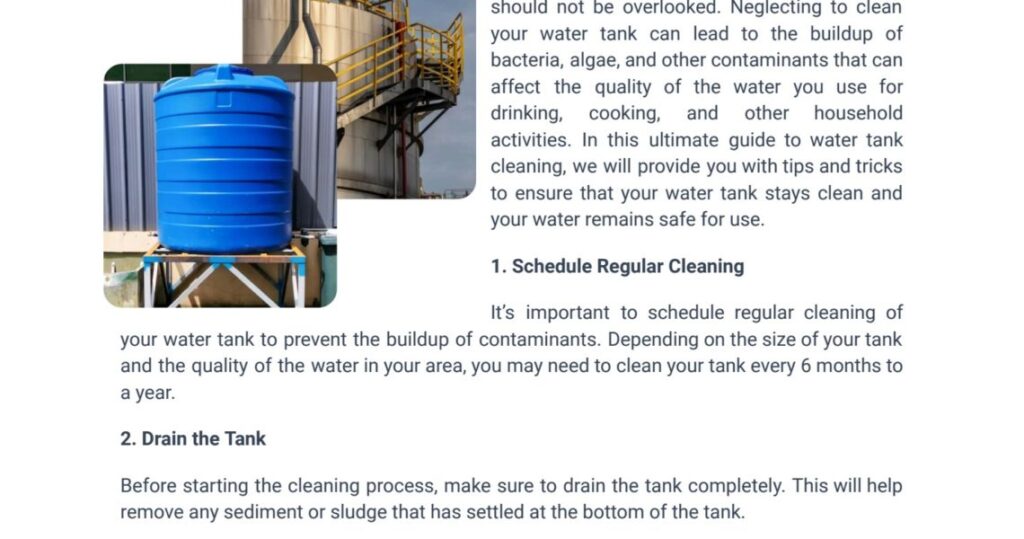Concrete grinding is a technique that utilizes specialized equipment to smooth and polish concrete surfaces, creating smoother textures while increasing durability of your home or business. The team at https://www.concretegrindingauckland.net.nz/ is experienced in grinding concrete surfaces regularly, which improves their aesthetic value as well as increase durability over time.
Prior to commencing any grinding work, it is imperative that you clean the surface in order to eliminate any dirt or debris which might interfere with its completion. Doing this will also help minimize property damage during this process.

Cost-Effective
Concrete grinding is a relatively cost-effective way to improve the condition and slip-resistance of concrete floors, and make them safer. Professional services should carry out this procedure. Cleaning, etching, and grinding with a coarse diamond pad remove old surface toppings or coatings from your floors before proceeding to prepare them for new materials such as tiles or wooden flooring.
Before grinding concrete, it is essential to carefully consider its condition and any required repairs. Furthermore, you need to factor in how much material will be removed as well as your desired finish type – this will allow you to assess whether a full-depth grind or less intrusive techniques such as surface leveling are best.
Dependent upon your project, you can opt for either wet or dry grinding methods. With the former option using water to cool the abrasive disc and reduce friction, wet grinding has proven popular with commercial or industrial floors as it can accommodate various concrete types and is more environmentally-friendly.
An alternative solution to grinding concrete and then sealing it with surface sealer is grinding then sealing with surface sealer – this is an economical and easily maintained indoor solution, while outdoor surfaces may benefit from adding an antislip additive to the sealer for greater slipperiness protection.
Durable
Concrete Grinding Auckland provides an effective and economical means of maintaining or upgrading concrete surfaces, from fixing cracks or chips, to improving appearances of your floors. There are two techniques for performing this service – dry grinding is typically more cost-effective while producing more dust; wet polishing produces zero dust while providing higher shine levels.
With modern finishing techniques, concrete floors no longer represent an ugly grey mass best covered with tiles or carpet. Modern concrete grinding equipment can transform them from greyish-brown and dull surfaces into sleek marble-like surfaces resistant to scuffs and damage.
Grind and Seal is one of the most popular choices of concrete flooring finishes, consisting of grinding concrete to 120 grit with metal-bonded diamonds before applying a surface sealer that swells, blocks pores, and hardens into an ultra smooth hard-wearing surface. Antislip additives may also be added if necessary for external floors.
Polished concrete flooring involves multiple steps. Different grits of resin diamond pads are used to gradually grind your concrete down, exposing more or less stone as desired and then cleaning, sealing, and buffing it to create its final polished look. Polished concrete floors offer durability as well as aesthetic appeal: buffed to an extremely high shine with different colors applied or patterns put on. Plus they’re versatile enough to support inlays too!
Resistant
Modern floor grinding equipment has transformed concrete floors from brutish grey masses best covered in tiles or paint to marble-like surfaces highly resistant to water and wear-and-tear. Furthermore, grinding makes floors easy to maintain with simple cleaning routines; but be mindful that concrete grinding creates dust which must be properly managed or else could become hazardous; always wear protective clothing such as dust masks when grinding floors to keep safe.
Diamond Polished Concrete (DPC) flooring technology represents the latest advancement in concrete flooring. DPC involves grinding to 120 grit with metal-bonded diamonds, then applying an integral sealer that penetrates, swells, blocks pores and hardens to form an extremely hard floor which improves 42% over bare concrete. Finally, resin bonded diamonds in various grades are applied and polished to produce either commercial or premium finishes – both options provide increased resistance against oil, chemicals and abrasion for industrial and commercial environments alike.
Easy to Maintain
Concrete grinding is an effective and simple way to keep your floors in tiptop shape. By eliminating uneven surfaces that are hard to keep clean and potentially lead to damage when covered by carpet or tiles, this process reduces dust and allergens in the air and thus improves indoor air quality.
There are two primary methods for grinding concrete: wet and dry. For soft concrete, wet grinding may produce less dust than dry grinding while being more effective overall; it is recommended to wear a mask when doing wet grinding to protect yourself from inhaling ashy particles from wet grinding.
No matter whether wet or dry grinding is used, it’s essential that consistent pressure be maintained throughout. Shifting pressure too frequently could result in scratches or etching to the concrete surface; also important is keeping the diamond pad moving and not staying focused in one area for too long.
Once your concrete has been ground smooth, be sure to seal it to protect it from stains and damage. A full-depth grind requires using multiple grits until reaching desired results – for instance starting out with 24-, 36-, or 60-grit diamond pads before switching up to finer options such as 80-grit.







